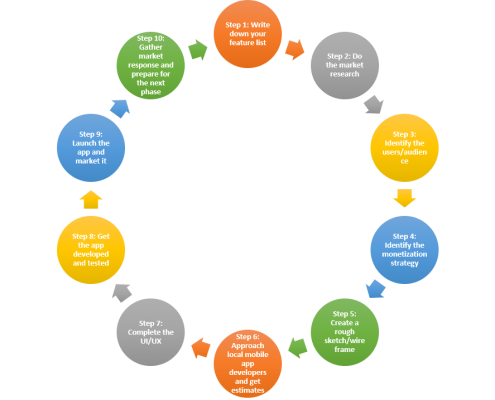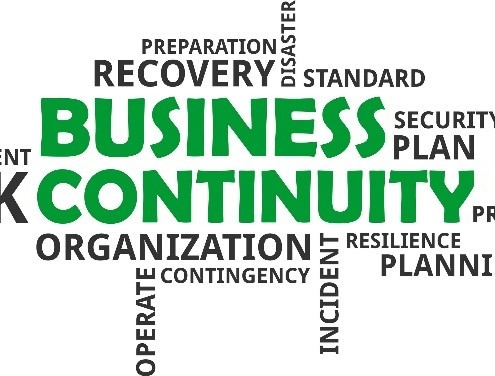We’ve all heard about the amazing success stories of mobile apps around the world. Uber, Careem, Talabat, Carriage, Instagram, WhatsApp, Snapchat… just to name a few. The required capital is minimal compared to the potential returns. Therefore, it is not surprising that many aspiring entrepreneurs out there would want to follow suit.
If you have an idea for a mobile app and are wondering where to start with the development, this article is for you.
First of all, let’s share some statistics.
- Only 2.5% of companies complete their projects 100% successfully. (Gallup)
- The average IT project overruns its budget by 66%. (McKinsey)
- One in six IT projects overrun its budget by 200% and suffer a schedule overrun of 70%. (HBR)
- 17% of IT projects can go so bad that they can threaten the very existence of the company (McKinsey)
The return on a successful mobile app may be appealing, however, the risks of failure are also very real. It would be a shame if you have a world-changing idea which never comes to light due to reasons which could have been avoided. Therefore, it is important to have a clear plan prior to the start of your mobile app development journey in order to minimize risks of failure.
The 10 Steps of Mobile App Development

- Step 1: Write down your feature list
- Step 2: Do the market research
- Step 3: Identify the users/audience
- Step 4: Identify the monetization strategy
- Step 5: Create a rough sketch/wire frame
- Step 6: Approach mobile app developers and get estimates
- Step 7: Complete the UI/UX
- Step 8: Get the app developed and tested
- Step 9: Launch the app and market it
- Step 10: Gather market response and prepare for the next phase
As you might have noticed from the list, developing the app is way down at Step 8. There are 7 steps that need to be executed perfectly before any piece of code is written. This may be a cumbersome task, however, it could spell the difference between becoming the next success story or just another statistic.
Moreover, once the app is developed, there are two more crucial steps that need to be conducted. Launching and marketing the app is just as important as the idea itself. It doesn’t matter how good your app is if your potential clients never heard of it.
Finally, improving the app. If your app was launched successfully and people do realize the benefit of using it, it won’t be surprising to have copycat apps out there trying to mimic your success. Case and point, Uber and Careem, or Talabat, Hungerstation, and Carriage. The best way to avoid losing market share is to make sure that your app is continuously improved to cater to the ever-changing customer demands. In other words, once you start your journey in mobile app development, it never ends.
H.A. Consultancies has helped several clients bring their mobile app idea into reality. It has also helped some to realize the fault in their plan and avoid considerable financial losses. For more information on our Mobile App Development Consultancy Services, feel free to contact us at any time:
Tel: +973 17233747


